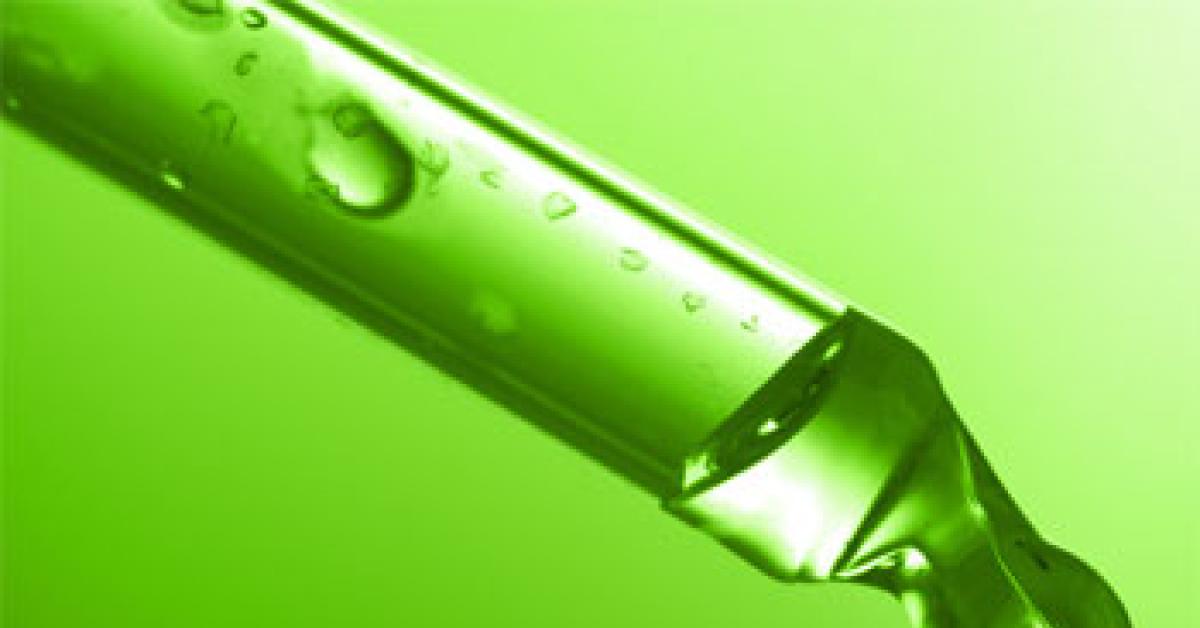CONCORD, N.C. — The yellow of the mustard is barely touched. The spaghetti sauce is a lovely shade of “burnt” orange. The crimson of the blood is as bold as the moment the garment was presented at the counter. The thing they all have in common is the “Sorry” tag hanging on the bag. If you exceed more than three “Sorry” tags per 100 garments, you need to seek additional training.
With proper inspection/pre-spotting, your post-spotting and re-cleans can be drastically reduced. I long for the day when the “Sorry” tag goes the way of the buggy whip and the slide rule. I hope that some of you recognize that a competitor’s “Sorry” tag is an invitation to claim another customer for your own.
It ain’t that complicated. It ain’t that risky. It ain’t that expensive.
It requires thought. It requires time. It requires effort. Most of all, it requires more than lip service and going through the motions. If you intend to kill time, make it work for you.
Inspect for stains before cleaning. It should go without saying that a cleaner’s task is to clean items, not just put them through a repetitive process. Even better, have the CSR ask: “Are there any spots or stains we need to be aware of?” Then place spots and stains in a unique location for further consideration. But, if your CSR knows more about stain removal than your cleaner, well, you have a problem, and you should switch their jobs.
Mineral stains (paint, nail polish, etc.) should be pre-spotted on the dry side, to assist the drycleaning machine. Experience will quickly teach you the difference between solvent-soluble stains, which come out in the machine, and these chemically soluble stains, which need to be broken down by a more aggressive chemical tool.
Water-soluble stains are best pre-spotted for two reasons. First, pre-spotting allows the specific stain to be removed and the garment to dry before cleaning. Second, pre-spotting eliminates the possibility of the heat of drying making further stain removal difficult to impossible.
When you are sure that the stain will be completely removed in the drycleaning machine, go for it. If there is any doubt, a quick brushing with a general pre-spotter/leveling agent will pay huge dividends when it comes to stain removal.
When your experience has taught you that paint, nail polish, Liquid Paper, glue and other substances will not be completely removed in your immersion solution, pre-spot the stain so you won’t have to post-spot and also risk the heat of drying setting the stain.
Place the stain over the solid portion of the spotting board, then apply a small amount of your POG on the stained area. Apply mechanical action while the stain breaks down. Flush the area with your general pre-spotter and clean as normal.
Stains that come from animals are usually removed using an alkali-based chemical tool. The days of mixing distilled water, glycerin and ammonia are past. There are a multitude of pre-mixed, protein stain-removal tools available. Each has its own characteristics and strength.
Enzyme digesting agents are available and are ideal for those animal stains that have some age on them. In fact, I recommend that any animal stain that is showing age (darkening) be pre-treated with a digesting agent and allowed to stand for at least 30 minutes. This step can be substituted for the normal wet-side step of using NSD. Using a neutral synthetic detergent has proved to be a time- and money-saving idea for those spotters that have included it in their wet-side stain-removal protocol.
As I have admitted in the past, plant stains (tannin) are where I have to really concentrate and apply some extra effort. I work strictly by the book, one step at a time. Part of the problem is that many “tannin” stains are not pure vegetable, but filled with artificial coloring. In other words, they are loaded with dye. An example is a wine stain.
A good, natural burgundy will be removed in about three steps and no spot bleaching. An inexpensive screw cap/supermarket burgundy may take five steps just to get it to a point where spot bleaching is effective. Things like mustard, instant coffee and fruit drinks are highly likely to have artificially enhanced coloring.
There will come a time in the process when the stain-removal specialist must decide if a reducing bleach is a viable option. Reducing bleaches are a necessary part of each spotter’s life, either by use or by neglect.
There are far too many variables in tannin stain removal to stray from proper protocol. Pre-spot tannin stains on the wet side. Flush the stained area over the vacuum nose of the board. Move the stain to the solid portion of the board and apply NSD and light mechanical action. Move the stain back over the vacuum nose and flush again with steam. If there is any trace of the stain, move it over the solid portion of the board and apply your pre-mixed tannin formula and light mechanical action. Move the stain back over the vacuum nose and flush the area with steam. Repeat as often as you are getting results. You may wish to move to a more aggressive chemical formula as you repeat the process, until the stain is completely gone.
When I have the pleasure of meeting cleaners/spotters while on the road, I can only smile at their success stories, especially when bragging about their increased success after adding the step of using NSD before the dedicated stain-removal agent.
Have a question or comment? E-mail our editor Dave Davis at [email protected].

